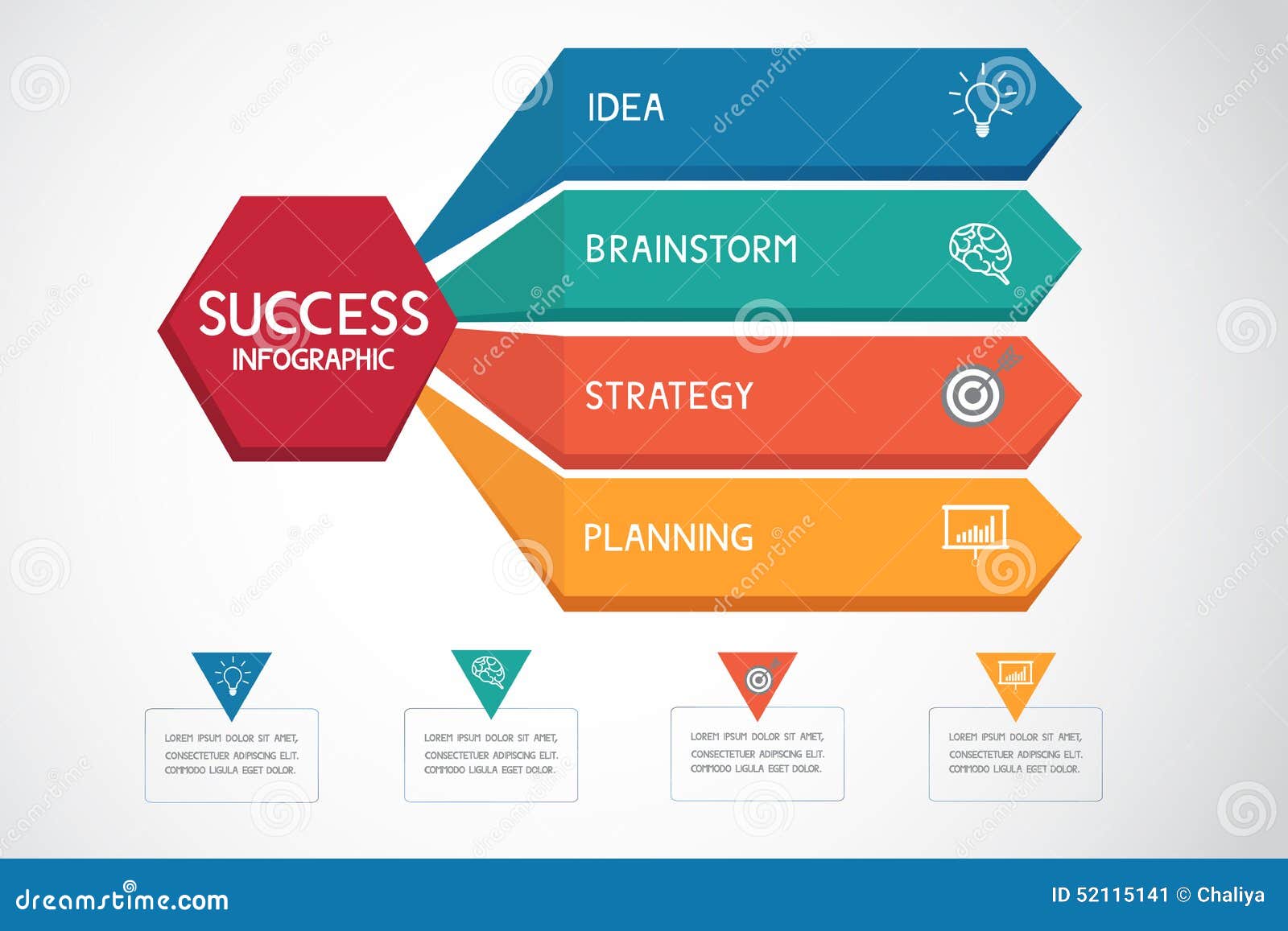The Role Of Shade Psychology In Website Style
The Role Of Shade Psychology In Website Style
Blog Article
Personnel Author-Kirkpatrick Olsson
Harness the power of color psychology in site style to improve individual engagement and understanding. Colors activate emotions, share messages, and affect exactly how customers analyze your site. They affect habits and decision-making, so pick intelligently. Warm colors produce urgency, while cooler tones cause relaxation. Contrasting local seo solutions aid highlight crucial elements. Shades shape your brand identity, reinforcing recognition and link with your target market. By lining up shades with your brand values and considering your target audience's preferences, you can produce a visually appealing and mentally resonant web site. ada websites can make a significant difference in exactly how users view and communicate with your brand name.
Significance of Shade Psychology
Recognizing the relevance of color psychology is essential for developing impactful and engaging internet site layouts that resonate with your target audience. Shades have the power to stimulate emotions, convey messages, and impact perceptions. By strategically picking the appropriate colors for your internet site, you can improve the general customer experience and leave a long-term impact.
Shade psychology plays an essential role in shaping the assumption of your brand name. Various shades have unique associations and meanings affixed to them. For instance, blue is commonly related to trust and expertise, while red can evoke feelings of excitement or seriousness. By aligning the shades on your website with your brand values and messaging, you can establish a strong aesthetic identification that draws in and preserves individuals.
Moreover, color choices can influence user habits and decision-making. Research studies have revealed that specific shades can influence how individuals regard info and connect with an internet site. By comprehending the psychological effects of shades, you can design a site that guides individuals towards particular activities, such as making a purchase or signing up for an e-newsletter.
Influence on User Behavior
Color options in website design can straight influence just how users behave and interact with the content offered. When customers see an internet site, the colors made use of can stimulate particular emotions and responses that impact their browsing experience. As an example, warm shades like red and orange can create a feeling of necessity or excitement, prompting customers to act promptly. On the other hand, amazing shades such as blue and environment-friendly have a tendency to have a calming result, suitable for advertising leisure or count on.
The use of contrasting colors can draw attention to essential components on a webpage, guiding customers in the direction of details locations like buttons or calls to action. Similarly, a well-thought-out color scheme can boost readability and navigating, making it less complicated for customers to locate details and engage with the web content. By strategically including shades that straighten with your web site's objective and target market, you can properly influence individual habits and improve overall interaction.
Enhancing Brand Name Identity
To establish a strong and identifiable brand identification through web site design, think about how color selections can play an essential role in shaping how customers perceive and get in touch with your brand. Colors evoke emotions and organizations, making them effective tools for communicating your brand name's values and character. web designer in shade use throughout your internet site can help enhance brand name acknowledgment and create a natural visual identification.
When choosing colors for your internet site, think about just how various shades align with your brand's message. As an example, blue typically signifies dependability and professionalism and reliability, while green can evoke sensations of development and eco-friendliness. By including these color significances strategically, you can improve your brand name's picture and connect with users on a subconscious degree.
Remember that color psychology isn't one-size-fits-all; it's necessary to consider your target audience's preferences and cultural distinctions when picking shades. By leveraging the psychology of shade in your site design, you can strengthen your brand identity and leave a long-term perception on site visitors.
Verdict
As you browse the substantial sea of sites, remember the power of color psychology leading your every click. Like a painter with a palette, developers craft online experiences that stimulate feelings and shape assumptions.
From relaxing blues to lively reds, each tone plays an essential role in capturing your focus and influencing your activities. So following time you browse the internet, take a minute to appreciate the creativity behind the colors that border you.
